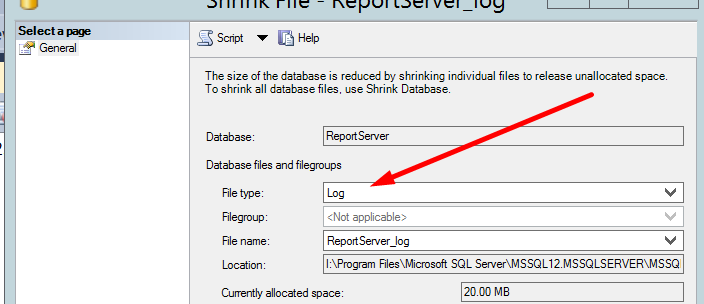

This is pretty close to how the size vs performance breakdown works, but the correlation is much stronger in regards to Dynamics AX Performance for the size of specific tables from my experience rather than the size of the database. It starts out innocently enough at 2 hours a week but then hits over 40 hours a week once the database reaches a terabyte in size. Notice how the amount of time spent on performance tuning to maintain operations really goes up as the database gets larger. The real challenge with the size is at what point do all the standard mechanisms for database retrieval become too expensive Thus, we get to the real question with size and how to manage it. You are always adjusting the inputs into data retrieval algorithms through things like indexes, partitions, compression, statistics, etc. This is the central paradox of performance. Just when you get AX all tuned and running well, it will hit a certain size, and things will go slow again. That’s why I say that size is like the ultimate opponent. But size is always changing and going up in the long-term This can drive somebody crazy if they get the database performing well but ignore the code. In Dynamics AX, you not only must worry about the database but also the code which performs according to the amount of data that it is handling. The algorithms become incorrect when the size is not within the expected range.


See, all data retrieval algorithms share a very important assumption, which is the amount of data that must be retrieved. If you are new to why size changes so much then I’d like to explain it. The Real Challenge with Size in regards to Dynamics AX Performance The Managers Performance Tuning Survival Guide for Day 1 Slow Dynamics AX Performance Previously, we had discussed some of the issues with Dynamics AX Performance tuning but I left the discussion of size for this post: However, data archiving (not the built-in data management jobs) require an upfront investment that isn’t small. Without data archiving, it always comes back. And when it gets back up, it can deliver a crushing blow that changes an implementation from fast to slow seemingly overnight. Time and Time again, I’ve knocked it down, but it never stays down for the count. Database size is our ultimate boxing match opponent for Dynamics AX Performance.


 0 kommentar(er)
0 kommentar(er)
